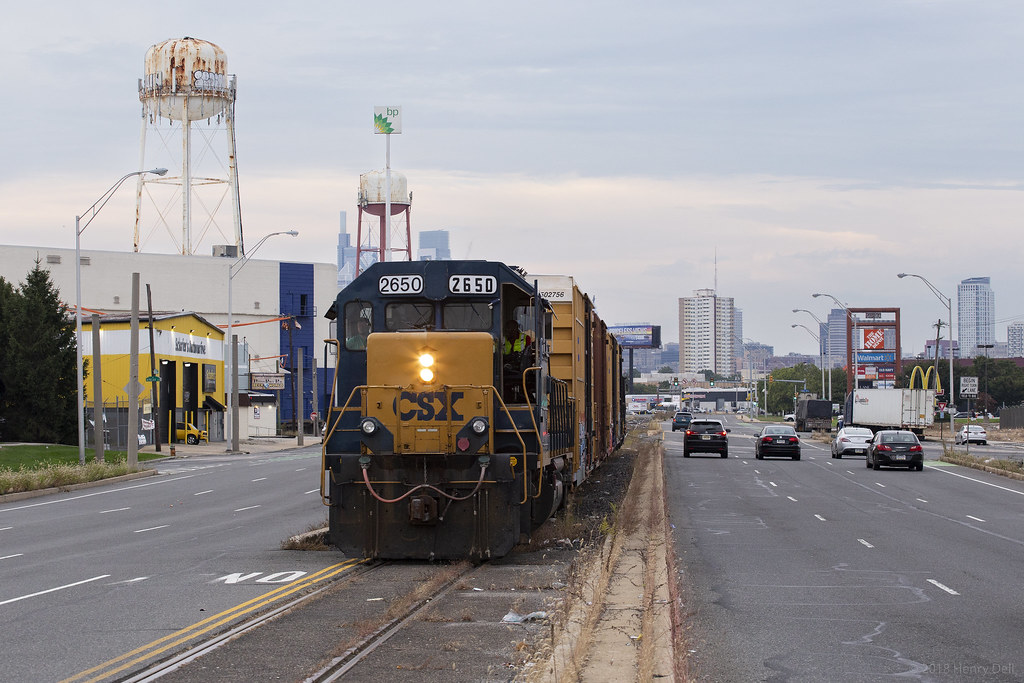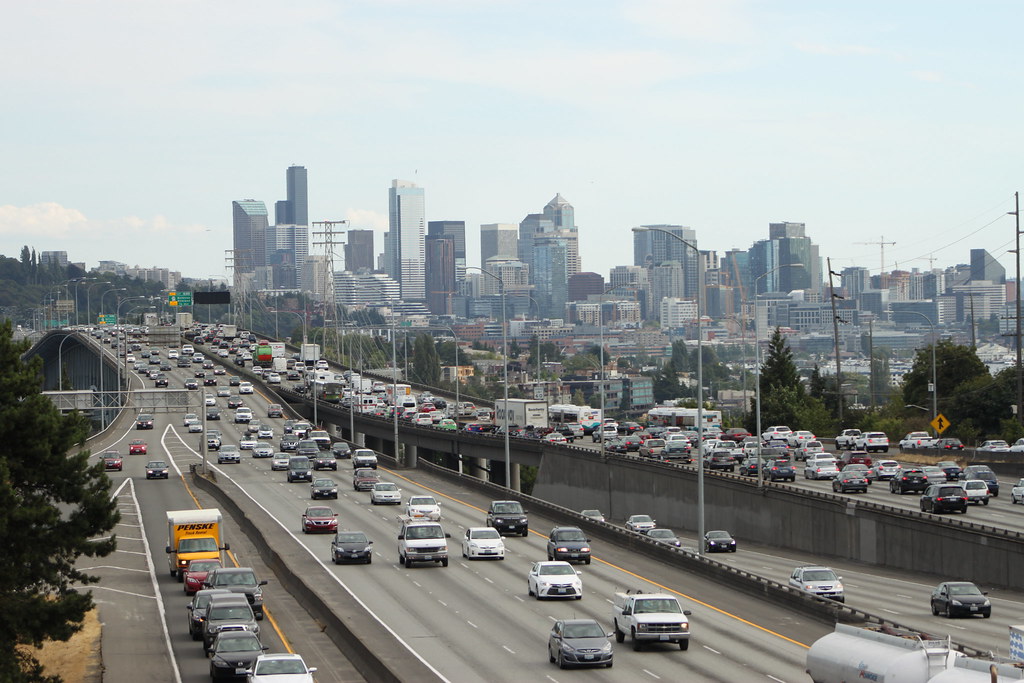For low prices, look to rail regulatory reform

Policymakers are talking tough on inflation, but the prices of goods are still far too high. Despite a recent Federal Reserve Bank of San Francisco study pointing to government spending as a key contributor to high inflation, President Joe Biden has pressed forward on an astounding $5.8 trillion proposed budget for fiscal year 2023. Multiplying, costly federal rules are yet another source for consumer concern. Households may face even more pain down the track, thanks to the Biden administration’s targeting of cost-effective supply chain infrastructure. A push to establish crew size mandates for railroads will only succeed in increasing prices across the board while doing little to improve the safety of U.S. infrastructure.
It’s up to President Biden to fix his administration’s tunnel vision and nix these nonsensical rules.
Misguided nostalgia from Washington, D.C. bureaucrats isn’t limited to just high tax rates. Despite a dizzying array of safety improvements and technological advancement throughout the nation’s rail system, the Biden administration’s view of rail infrastructure remains tethered to the 1950s. Back in the days when safety monitoring was in its infancy, multi-crew teams were reasonably seen as a necessity for rail safety. But thanks to modern technologies (such as Positive Train Control) train operators can now be warned of serious issues and trains can be brought to a halt if issues are not resolved.
Safety improvements have led to regulatory systems around the world (including in the European Union, Australia, and New Zealand) that embrace one-person crews in freight operations. But progress in modernizing crew sizes may soon be dramatically reversed in the U.S., thanks to a proposed rule (resurrected from the Obama era) that would mandate all freight train locomotives are staffed with a conductor and engineer with no path toward change in the future. Nearly halfway into his administration, President Biden appears as determined as ever to fulfill a campaign promise made to railway labor in 2020: “I’m going to keep fighting for those crews, requiring two-person crews on freight trains, protecting transit workers from assault, making sure that everyone has what they need to safely do their job.”
For all the lofty campaign rhetoric, though, there’s preciously little evidence that rail safety requires at least two workers on board. In fact, when the Federal Railroad Administration (FRA) first proposed the rule that would mandate two-member crews, it admitted it “cannot provide reliable or conclusive statistical data to suggest whether one-person crew operations are generally safer or less safe than multiple-person crew operations.” An inability to modernize train operations will make rail operations less competitive, likely pushing goods to other, more congested modes of transportation and driving up costs across the supply chain.
And, those are just the immediate, visible implications. Long-term environmental costs will only make things worse. As Reason Foundation senior transportation policy analyst Marc Scribner notes, “trucking also emits approximately seven times as much carbon dioxide per ton-mile as rail. Thus, disadvantaging rail relative to trucking through a train crew-size mandate would increase the transportation sector’s emissions intensity.” Biden should keep in mind these unintended consequences of rail regulation and back away from rules that would increase carbon emissions.
All regulations ultimately entail real tradeoffs that impact the lives of millions of Americans. But in the case of proposed rail rules, bureaucrats would be trading virtually no safety improvements for higher long-term costs and environmental degradation. President Biden should quit yanking Americans’ chain about clamping down on inflation and put regulatory reform back on track.
This article was originally posted on For low prices, look to rail regulatory reform



